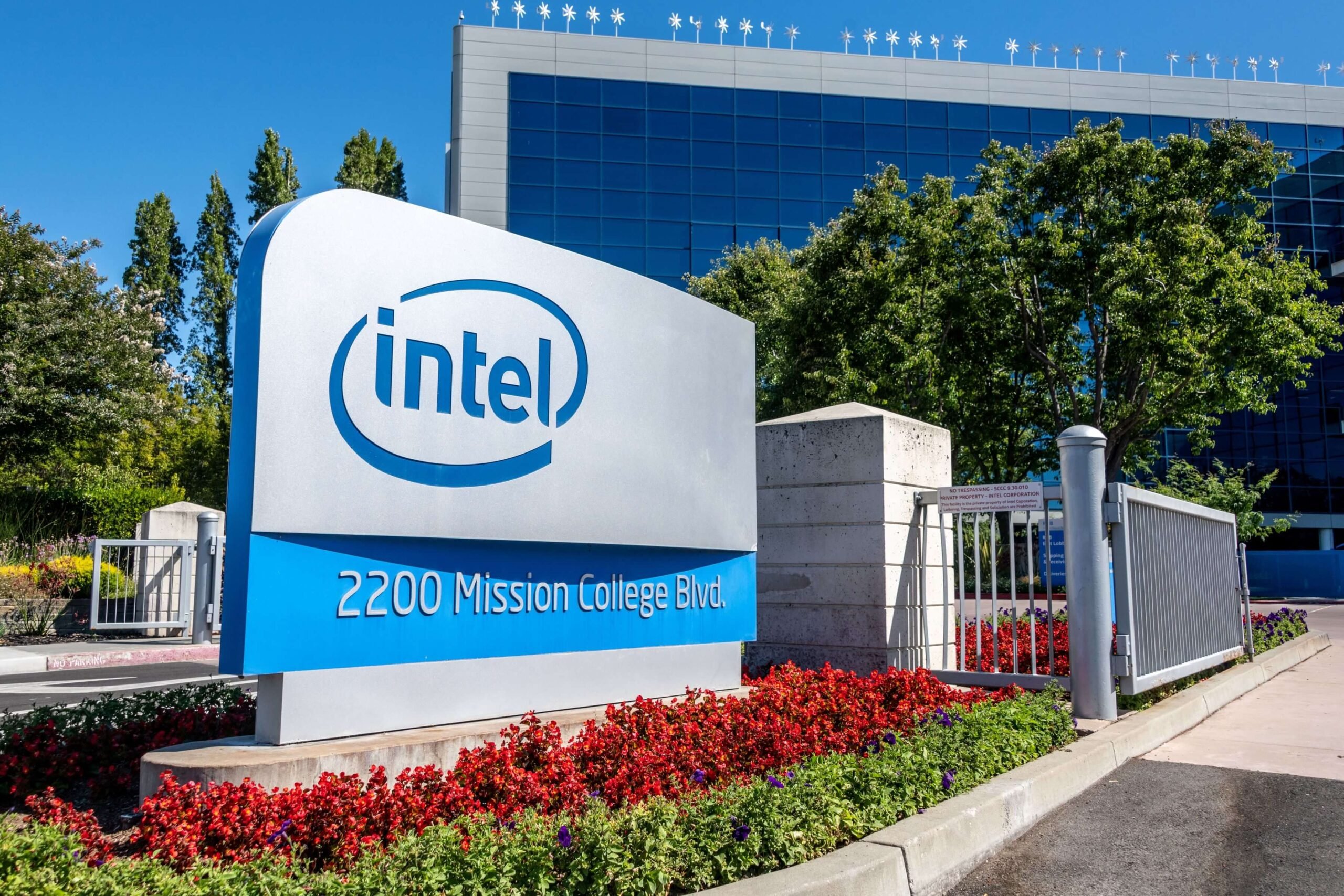Intel Corporation has initiated a major restructuring effort that includes reducing its global workforce by approximately 15%. This decision comes as part of a broader strategy to regain momentum in a highly competitive semiconductor industry, where the company has faced increasing pressure from rivals and shifting technological demands.
The reductions in personnel, impacting numerous roles in various divisions, demonstrate Intel’s continuous initiatives to optimize operations, boost effectiveness, and redirect resources to critical sectors that align with its strategic growth goals. As per company insiders, these cutbacks are spread across multiple sectors rather than being confined to a particular area or role, to foster a more streamlined and responsive organizational framework.
Intel’s leadership has framed the downsizing as a necessary step in its transformation plan aimed at strengthening the company’s core business, advancing its manufacturing capabilities, and expanding its presence in emerging sectors such as artificial intelligence, cloud computing, and custom silicon design. Executives have emphasized that the decision, while difficult, is intended to position Intel more competitively for the future.
The leading semiconductor company, which was previously unmatched in chip production, has faced numerous difficulties over the past few years. The postponement in advancing next-gen processor technology, intensified rivalry from firms like AMD and Nvidia, and the emergence of custom-designed chips by tech giants like Apple have all played a role in diminishing Intel’s market superiority. Moreover, the worldwide chip shortage along with economic instability have compelled several businesses in the industry to reassess their approaches.
Intel CEO Pat Gelsinger, who rejoined the company in 2021 with a mandate to restore its leadership in the chip industry, has been at the forefront of a multi-year turnaround initiative. This plan includes significant investment in domestic and international chip fabrication facilities, known as fabs, as well as renewed efforts to regain technological leadership by accelerating innovation.
As part of this effort, Intel has announced plans to invest tens of billions of dollars in new manufacturing plants in the United States and Europe. The company aims to reestablish itself as a major foundry player, offering advanced chipmaking services not just for its own products but also for external clients. This foundry model marks a departure from Intel’s traditional integrated device manufacturer (IDM) approach and aligns more closely with industry leaders like Taiwan Semiconductor Manufacturing Company (TSMC).
While Intel has announced its commitment to this bold transformation, the financial strain from capital investments and restructuring has significantly impacted its short-term results. The anticipated reduction in workforce is projected to lead to immediate cost savings, which can be allocated to research and development, enhancements in the supply chain, and infrastructure growth.
Workers impacted by the job cuts have been informed, and Intel has promised to offer severance packages, career transition assistance, and additional resources to help with the transition. The corporation has also affirmed its dedication to retaining a robust talent pool and will proceed with hiring in key areas that match its strategic goals.
Market experts perceive the downsizing as indicative of more extensive patterns in the technology and semiconductor industries. Many large companies have disclosed layoffs or budget reductions in recent months as they adjust to a changing worldwide economy and tech environment. For Intel, this action might act as an indication to investors that the firm is making determined efforts to tackle internal inefficiencies and strengthen its position in a rapidly evolving sector.
Despite the challenges, there are signs of progress in Intel’s turnaround. Recent product launches, including advancements in server processors and AI accelerators, have received favorable reviews. The company is also making headway in forging new partnerships with tech firms and government agencies as part of global initiatives to strengthen semiconductor supply chains and reduce reliance on Asia-based production.
Nonetheless, restoring faith among investors and regaining the previously held market portion will require patience. Intel must show steady progress on its strategic plan, achieve ambitious performance targets, and provide products that can compete with top industry players. The continuous move towards AI, edge computing, and advanced graphics offers both hazards and chances for a company undergoing change.
As Intel moves forward with its restructuring and growth plans, the industry will be watching closely to see whether the strategic pivot can restore the company’s position at the forefront of technological innovation. For the thousands of employees impacted by the workforce reduction, the move marks the end of a chapter within one of the tech world’s most iconic companies—while for Intel, it may represent the beginning of a new path toward recovery and reinvention.


